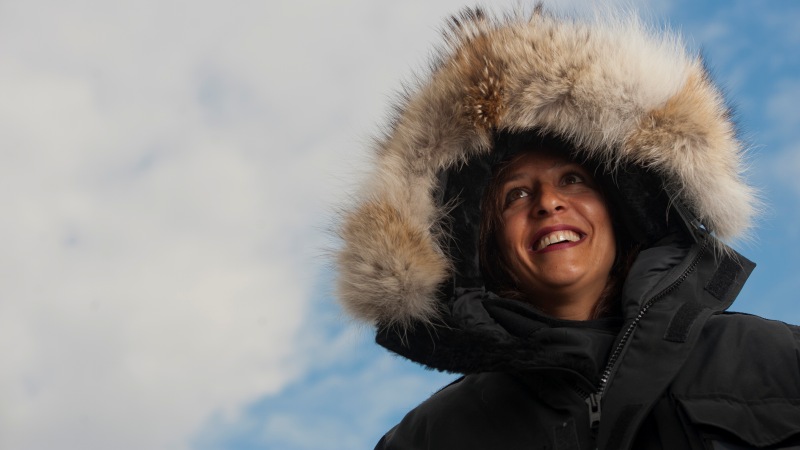
Dr. Sangita (Gita) Sharma
Cancer screening tests can be the difference between life and death for patients with undiagnosed cancer. While the Northwest Territories has one of the highest cancer incidence rates in Canada, some communities are less likely to access cancer screening tests than those in most provinces. Sangita (Gita) Sharma, capital health chair in Aboriginal health, leader of the Aboriginal & Global Health Research Group and professor, wants to know why.
According to published reports from the Government of the Northwest Territories, the overall rate of utilization of cancer screening tests in some communities is below the national average. Sharma and her team will examine the perceived barriers, attitude and knowledge surrounding these tests through surveys and interviews with residents. The investigation will focus on remote communities of the Northwest Territories, some of which have an Aboriginal population of 80 per cent or more.
"[The government's reports were] a very clear message for us that there are some barriers for people in remote communities," said Mohammadreza "Peyman" Pakseresht, senior research associate in the Aboriginal & Global Health Research Group.
Sharma's research team will work with the Northwest Territories' Department of Health and Social Services and the Government of the Northwest Territories to identify potential solutions based on the survey results. Results are expected to be released in 2015.
"I think we'll find some unique barriers and maybe there will be some things we can work with the health- care system to address [these issues]," said Carolyn Gotay, co-investigator and professor with the School of Population and Public Health at the University of British Columbia.
Gotay believes distance will be among the list of barriers specific to rural Northwest Territories. For example, pap smears and stool sample analysis are available at most health-care centres, but people living in remote communities may have to travel hundreds of kilometres to one of the two hospitals in Yellowknife or Inuvik for mammogram tests.
For some, the journey to the hospital is just the beginning: many people in Northwest Territories diagnosed with cancer must travel to Edmonton for treatment.
"People in the communities can't just go down the road to the U of A and get treatment. They have to leave the community," Sharma explained. "It means flying away from your family, friends and support system when you truly need them."
According to Sharma and Pakseresht, not all anticipated deterrents will be unique to remote areas of the Northwest Territories. Like in other parts of Canada, personal experience is expected to play a role. If someone had an unpleasant experience in the past, they may be reluctant to access the same service. Misinformation, like not knowing the age to start scheduling mammograms, may also be factor. Some cases may be as simple as preferring a different physician.
"People are very excited to work us. They've seen how the illness affects the community," Sharma noted. "We don't know what the issues are and that's the idea behind the project: to find out what the barriers are and what the community see as opportunities to increase availability to health care."